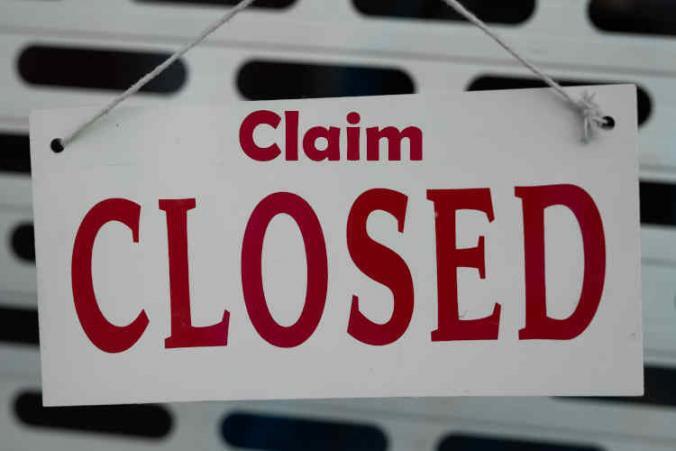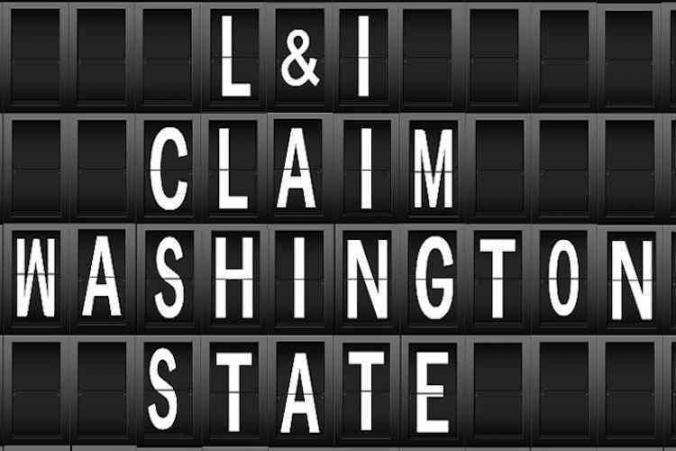People with an L&I claim in Washington State tend to have lots of questions about claim closure. Some of the most common questions I get are: Why is my claim closed? What does closure mean? What if my condition gets worse after my workers’ compensation claim closes? Did I get everything I was supposed to? What if I disagree with L&I closing my claim?
Every L&I claim is unique
Every work injury and workman’s comp claim are unique. As a result, people have different questions about their specific situation. Therefore, it’s very difficult to give general answers that apply to everyone. Sure, there are some high-level pieces of information that apply to all. However, a general answer might not fit your L&I claim circumstances. Either way, it’s always a good idea to consult with an L&I attorney or a workers’ compensation attorney before your claim closure becomes final.
My claim closed – What does closure mean?
The Department of Labor and Industries (L&I) closes claims after treatment completes and after they determine your return to work or employability status. Once a workers’ comp claim closes, work injury claimants cannot receive any more benefits under the claim. Specifically, your L&I claim no longer pays for medical treatment and medication. Furthermore, L&I stops paying benefits like time loss compensation and loss of eating power (LEP). Finally, L&I stops providing services such as vocational counseling or guidance. However, if L&I decides you are permanently and totally disabled, you will receive monthly L&I claim pension benefits after the claim closes.
What if my condition gets worse after my claim closed?
The most common concern I hear from clients is about worsening medical condition. Here, there are some good news – You can reopen an L&I claim! To do it, you must show objective worsening that relate to the medical conditions under your L&I claim. Practically speaking, you must show that you need further medical treatment. Alternatively, you can show that your disability is worse than before. Then, there are slightly different rules for mental health conditions. For example, with mental health claims, objective worsening isn’t a prerequisite. Yet, it’s still mandatory to have an expert medical opinion on worsening before L&I reopens your claim.
If you reopen your workers’ compensation claim after 7 years, then you might be able to receive all types of benefits. After 7 years, you can still reopen your L&I claim, but only for medical treatment. Even then, you can ask the L&I Director to exercise discretion and grant additional benefits.
Did I get everything I deserve?
This is the most challenging claim closure question to answer. Every work injury has different circumstances. Consequently, there are different benefits under every claim. Benefits can include medical treatment, time loss compensation, and loss of earning power. There can also be vocational services and retraining benefits. Sometimes, permanent partial disability awards and permanent total disability might apply. If you’re not sure you received the benefits you deserve, you should speak with a workers’ compensation attorney.
What if I disagree with closing my claim?
Many work injury victims disagree with their workers’ comp claim closure. If you are one of them, you must protest L&I’s decision within 60 days. However, if L&I affirms its decision, you can submit an appeal to the Board of Industrial Insurance Appeals (BIIA). If you do, make sure you have strong medical (and sometimes vocational) evidence to show that claim closure is wrong.


